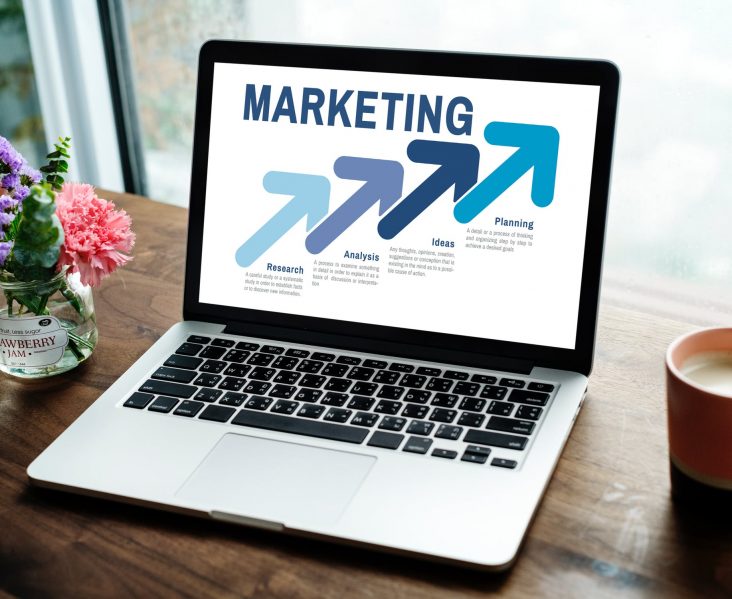Over the recent years, the world of marketing has been and extends to be completely re-shaped and managed by digital technologies and the internet. It is not to tell conventional marketing does not have its position still, but the growth of new marketing technologies linked with the selection of new marketing strategies remains to stimulate. Internal marketing is the promotion of a company’s goals, purpose, products, and co-operations to its employees.
It’s your company marketing its commodities, help, and brand to its employees. Where instead of marketing to the public or potential customers, your business rather sells to its employees. The objective is to improve employee commitment within, enhance overall brand range, and also that employees can now give value to possible customers because they consider in and follow the company’s goals and thought themselves.
Internal marketing is based on the belief that customers’ opinions toward a business are not just based on the goods or services, but the overall experience they have with the firm. It can determine customer interactions with several employees in different departments, not just customer service teams or possibilities battling with employees online through email, social, forums, and others.
Why Internal Marketing is Necessary?
You might be thinking that internal marketing is just an aspect used by supersized corporations like Amazon or Apple. But it’s not. Small and medium-sized businesses with fewer employees can still profit from internal marketing tactics for some reasons:
It can Decrease Turnover of Staff
The purpose of internal marketing is to develop trust and bond with your employees. You achieve that through training—a combination of marketing communications that teaches them about their job and the service or product they into. The idea is the more they know, the more convinced they’ll be revealing it to external people.
Provide Better Service to your Clients
Every company has an overarching intent to give the best product or service to its consumers. If they don’t, consumers will go away, and you won’t have any capital coming in. The role of internal marketing includes giving your company’s vision to your employees. You can show them the narrative behind your product and why it was built, which supplies them more of an affectionate tie to your brand.
Promote Brand Consistency
An internal marketing approach helps bring you closer to that tax increase because it promotes the company’s brand preferences and overall commission. The employee on the acquiring end knows the meaning of why you do what you do. And, more importantly, they’ll attempt to follow it when they’re serving you either face-to-face with clients, or when they communicate about their situation of work outside the office.
Internal Marketing Strategies to Increase Brand
1) Employee roundtables
Do your employees feel comfortable while giving their opinions? Employee roundtables can provide a reliable and valuable place for employees to learn together with the administration and share their ideas. Roundtable conferences should permit individuals to disagree with one another while continuing formal and respectful. It is a great chance for collaboration between your marketing department and human resources department. Insights gathered from the discussions can notify new HR initiatives and help the marketing team to understand what employees like or dislike about the company. Transparency is essential.
2) Brand training
Helping your employees to understand the history and purpose of your company is an essential part of your internal marketing strategy. It’s also a vital step in developing an inclusive company culture. By encouraging your employees to believe like they are a part of something bigger, they may be more likely to participate in brand promotion. Onboarding is the ideal time to introduce new employees to your business and corporate environment. It might include performances, videos, or graphics describing how the company has expanded and emerged since its beginning. These efforts may also involve furnishing away freebies like water bottles, branded sweatshirts, and related products.
3) Employee appreciation programs
An adequate employee appreciation program can be the central pillar of an internal marketing campaign. It is particularly true for small organizations with fewer employees. The credit helps team members understand that management perceives and acknowledges their hard work.There is an extensive diversity of shapes that your appreciation program can take. For example, administrators can write thank you letters to employees. A handwritten note offers an individual touch that pays like small gifts. At the other edge of the spectrum, large companies have seen great results with accomplished incentive programs. These kinds of programs offer employees experiential bonuses such as afternoon outings to a local sporting occasion or longer trips to new destinations.
4) Bonding exercises
Your internal marketing program should include exercises that are focused solely on easing your employees to feel like they’re part of the team. In other words, not every project should be about developing your brand to your employees. Sometimes, people just need to hit back and have some enjoyment. Taking your team out to lunch is a pleasant way for employees to get to know one another in an informal ambiance. By developing employee comfort levels, it becomes more comfortable for team members to give ideas, ask questions and even start innovation.
5) Integrated information apps
As more teams work remotely, internal communication apps have shifted increasingly crucial to employee commitment efforts. Apps like Slack allow employees to easily share data while decreasing the necessity of meetings. Employee communication is a primary use of evidence for communication apps. Internal marketing campaigns can apply this technology to deliver branded knowledge and keep everyone aware of larger app development company goals. For instance, you could use apps to declare a new product or service rollouts.
Also, apps can offer robust ways to measure appointment. You can see who has embraced the app and who practices it most frequently. This information can show you which employees are your greatest brand advocates. You can also leverage app routine reports to promote future internal marketing operations.
Final Words
If employees are in the mysteries or unaware of their company’s objects, goods, and services, there is a large gap in effectiveness with consumers and possibilities.
This post was created with our nice and easy submission form. Create your post!





Comments
0 comments